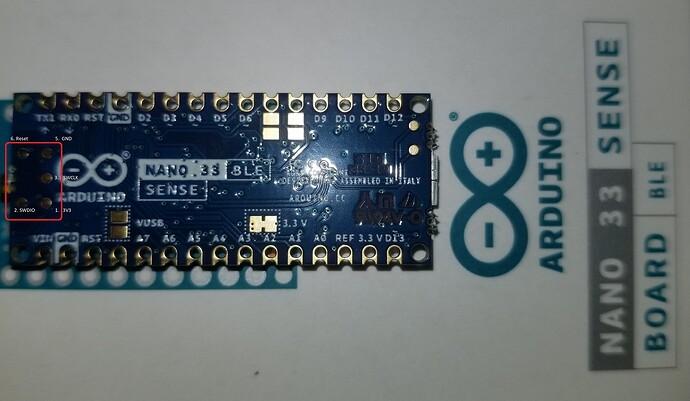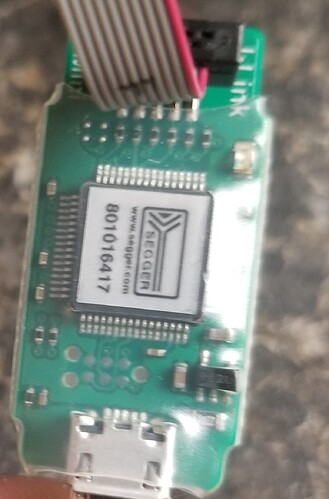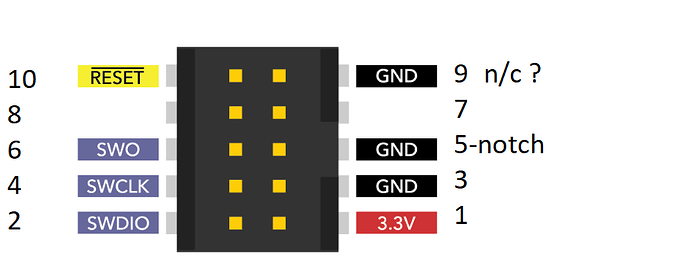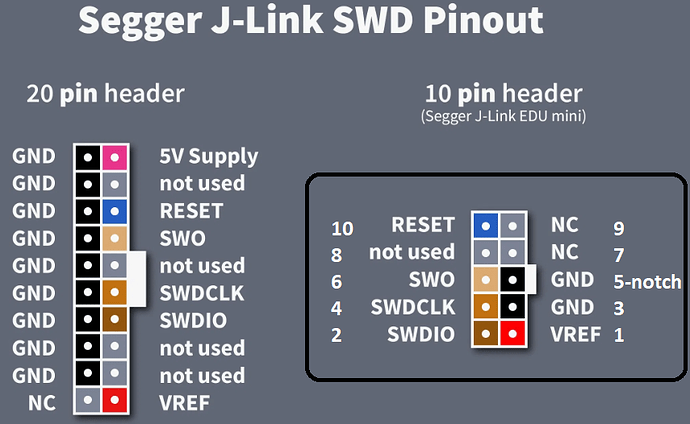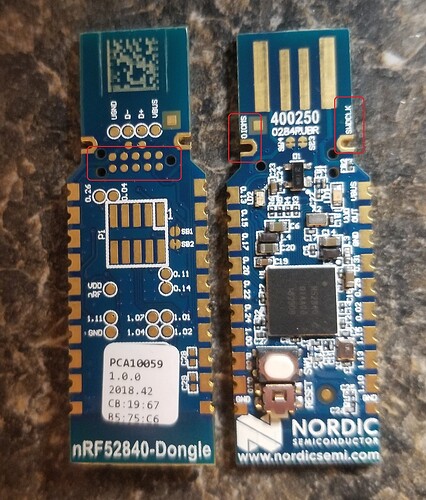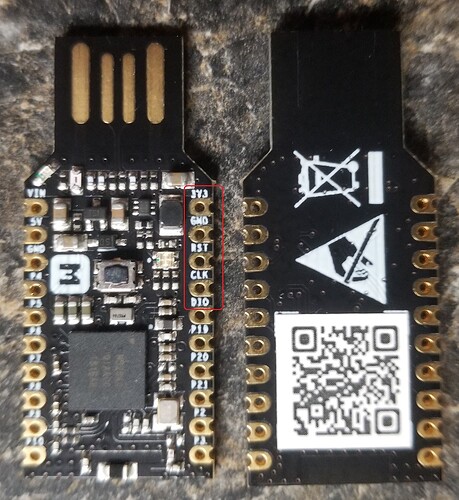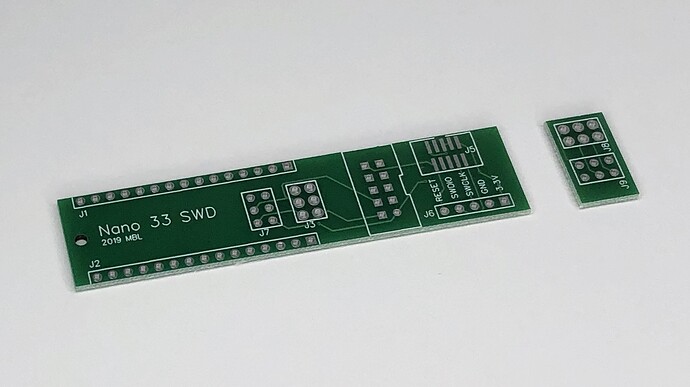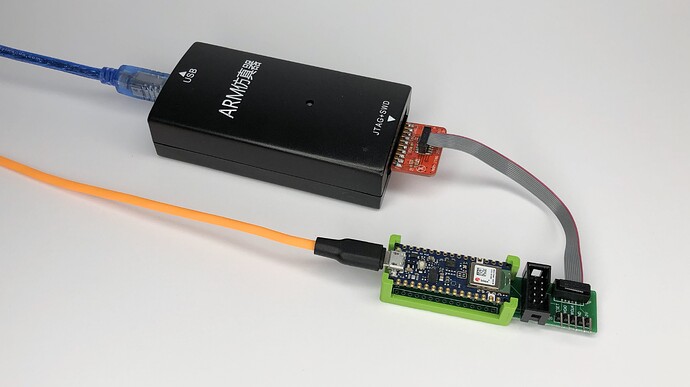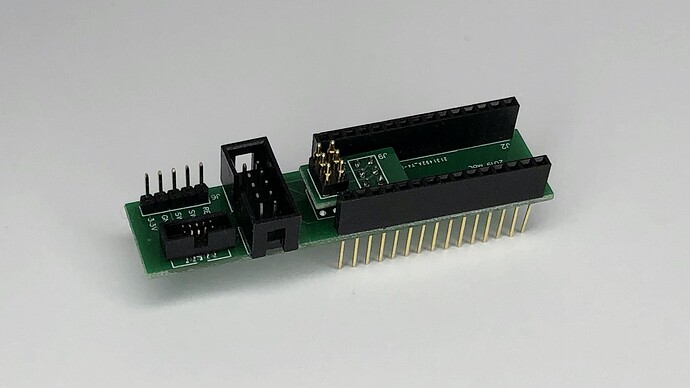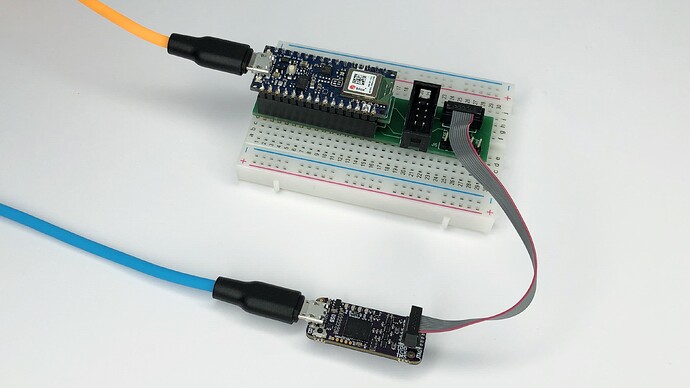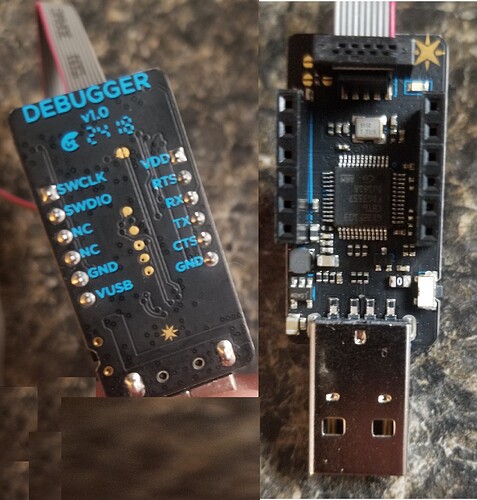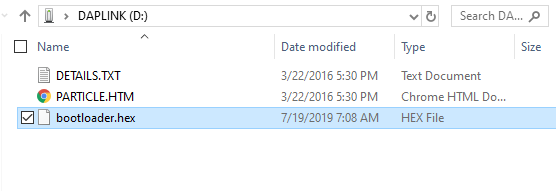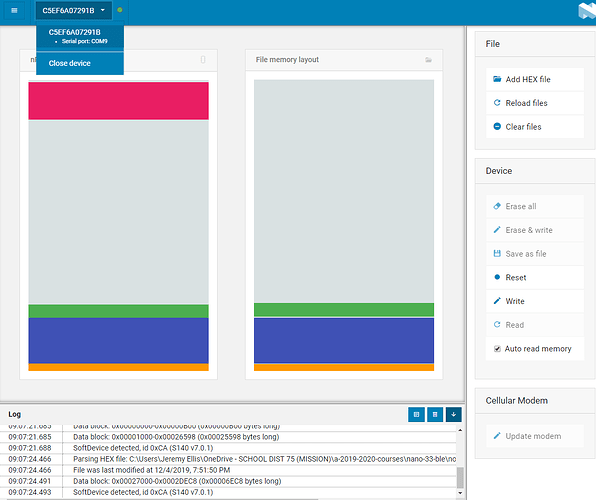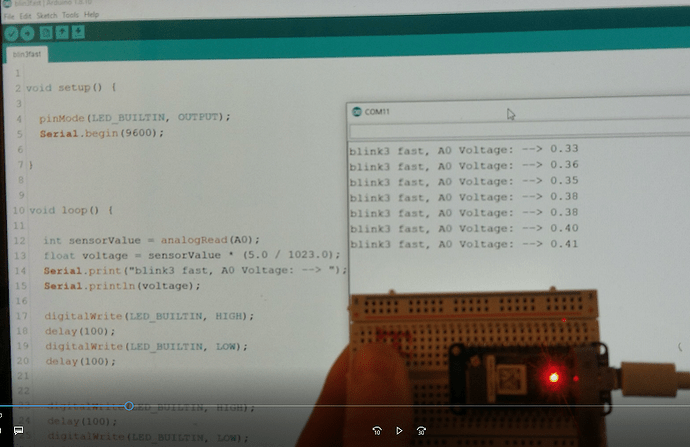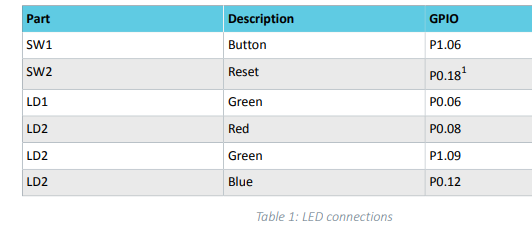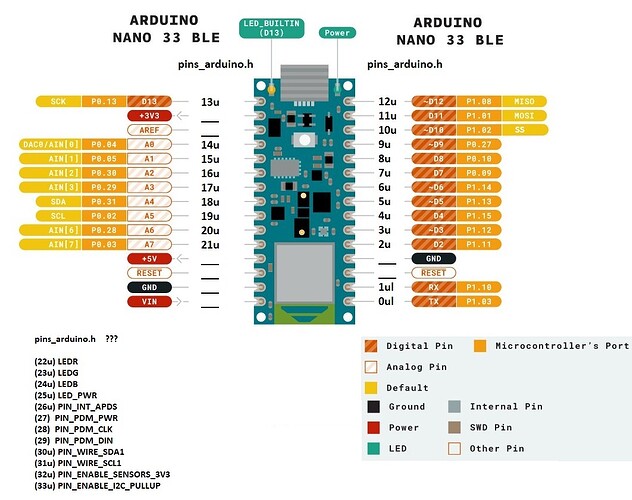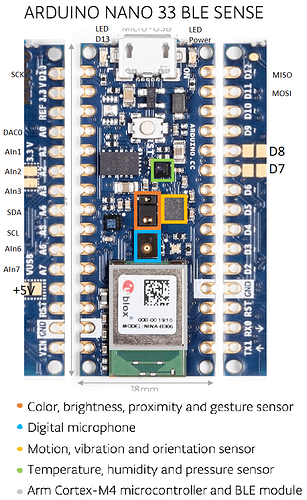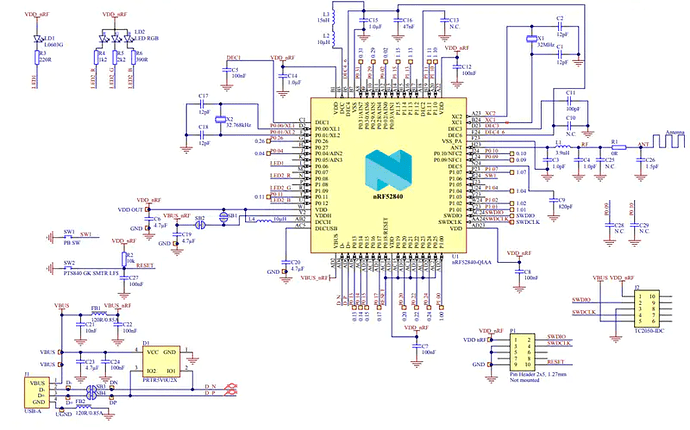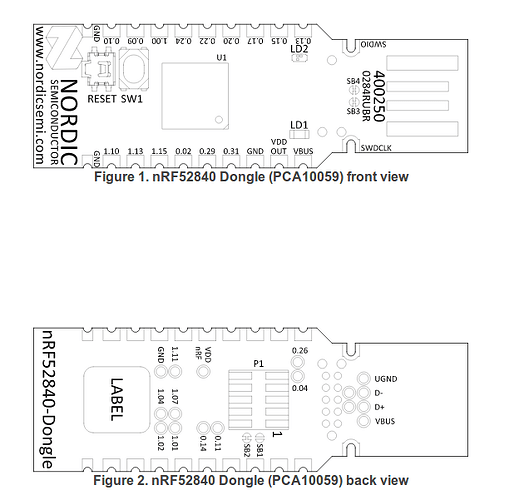Like if you have or are interested in any of these nRF52840 boards:
I have several Particle Xenon’s, Argon’s.
I have some Nordic nrf52840 USB Dongles, along with Makerdairy nRF52840 and Fanstel.
And some Arduino Nano 33 BLE Sense boards.
I may also purchase a Sparkfun and Adafruit Feather or an April nRF52840 board.
I have a Github blog about the boards here and a Particle blog about OpenThread.io and the boards here and a general blog about teaching with Particle Mesh Devices here
Why all this interest in the nRF52840 SOC made by Nordic?
It just kind of bugs me that Bluetooth Low Energy BLE5 is standardized and yet all these boards have their own way to compile and install their own example programs making an already confusing system even more confusing. I think PlatformIO.org is the key to working with all these boards and using their different strengths to our advantage.
The PaltformIO Github about these boards is at GitHub - platformio/platform-nordicnrf52: Nordic nRF52: development platform for PlatformIO
It looks like the “develop” Github branch already has entries for these boards
96b_nitrogen.json
adafruit_cplaynrf52840.json
adafruit_feather_nrf52832.json
adafruit_feather_nrf52840.json
adafruit_itsybitsy_nrf52840.json
adafruit_metro_nrf52840.json
bluey.json
delta_dfbm_nq620.json
electronut_blip.json
electronut_papyr.json
hackaBLE.json
holyiot_yj16019.json
laird_bl652_dvk.json
laird_bl654_dvk.json
nano33ble.json
nrf52832_mdk.json
nrf52840_dk.json
nrf52840_dk_adafruit.json
nrf52840_mdk.json
nrf52_dk.json
particle_argon.json
particle_boron.json
particle_xenon.json
redbear_blenano2.json
redbear_blend2.json
sdt52832b.json
stct_nrf52_minidev.json
thingy_52.json
ublox_evk_nina_b1.json
vbluno52.json
And finally I have made an online Docker that works in the browser using Gitpod.io, with pre-loaded Nordic sdk examples, PlatformIO core and Openthread.io in a Debian Linux distribution with the gcc-arm compiler also pre-installed. Yes Gitpods are amazing ! The Github is here and the Snapshot is :
First thing I am trying to do is find a good bootloader to load onto the various devices, see forum entry here
Anyone had much success with any of these?
Once again, please like if you have any of these boards or are interested in this topic.
